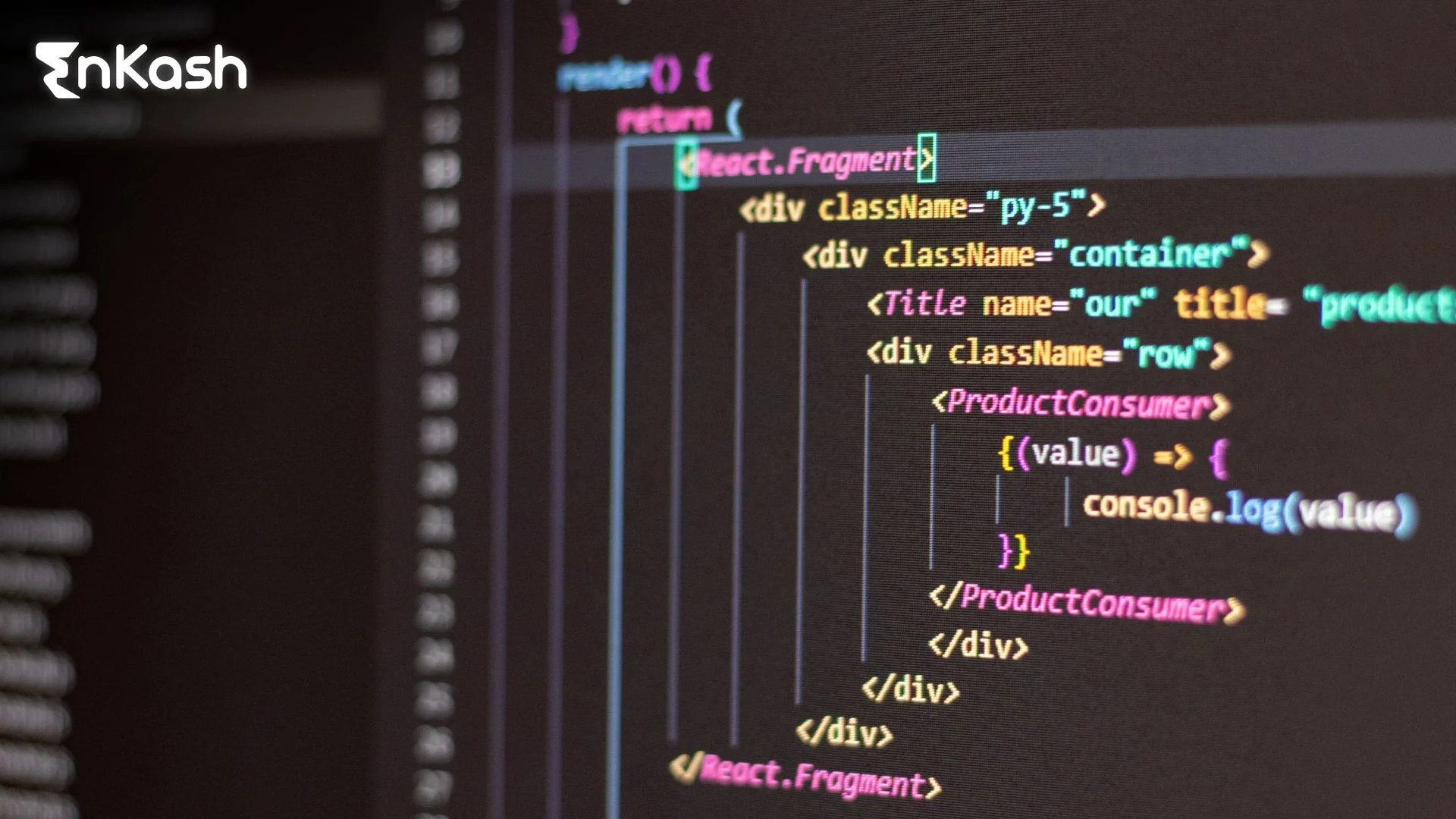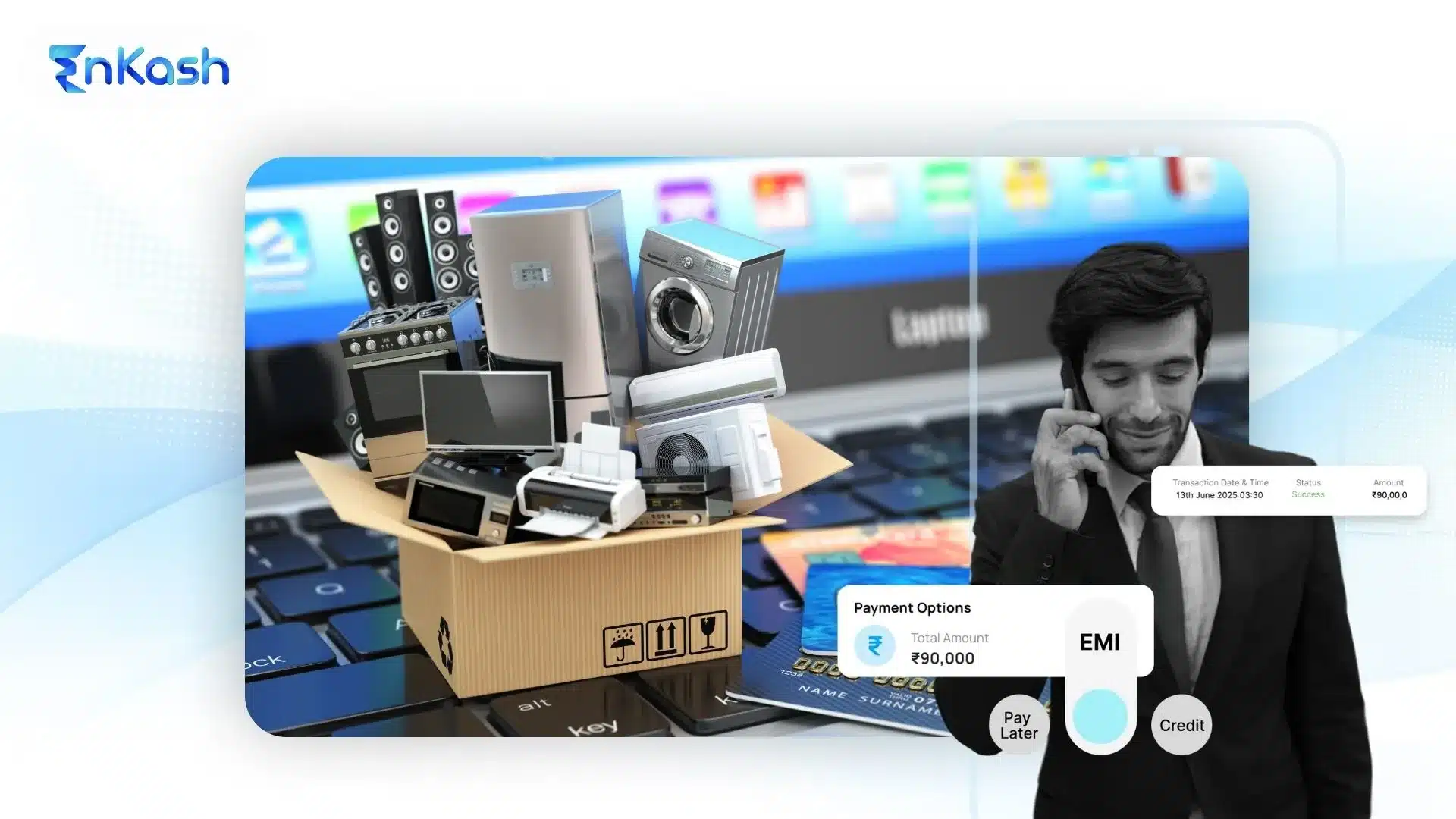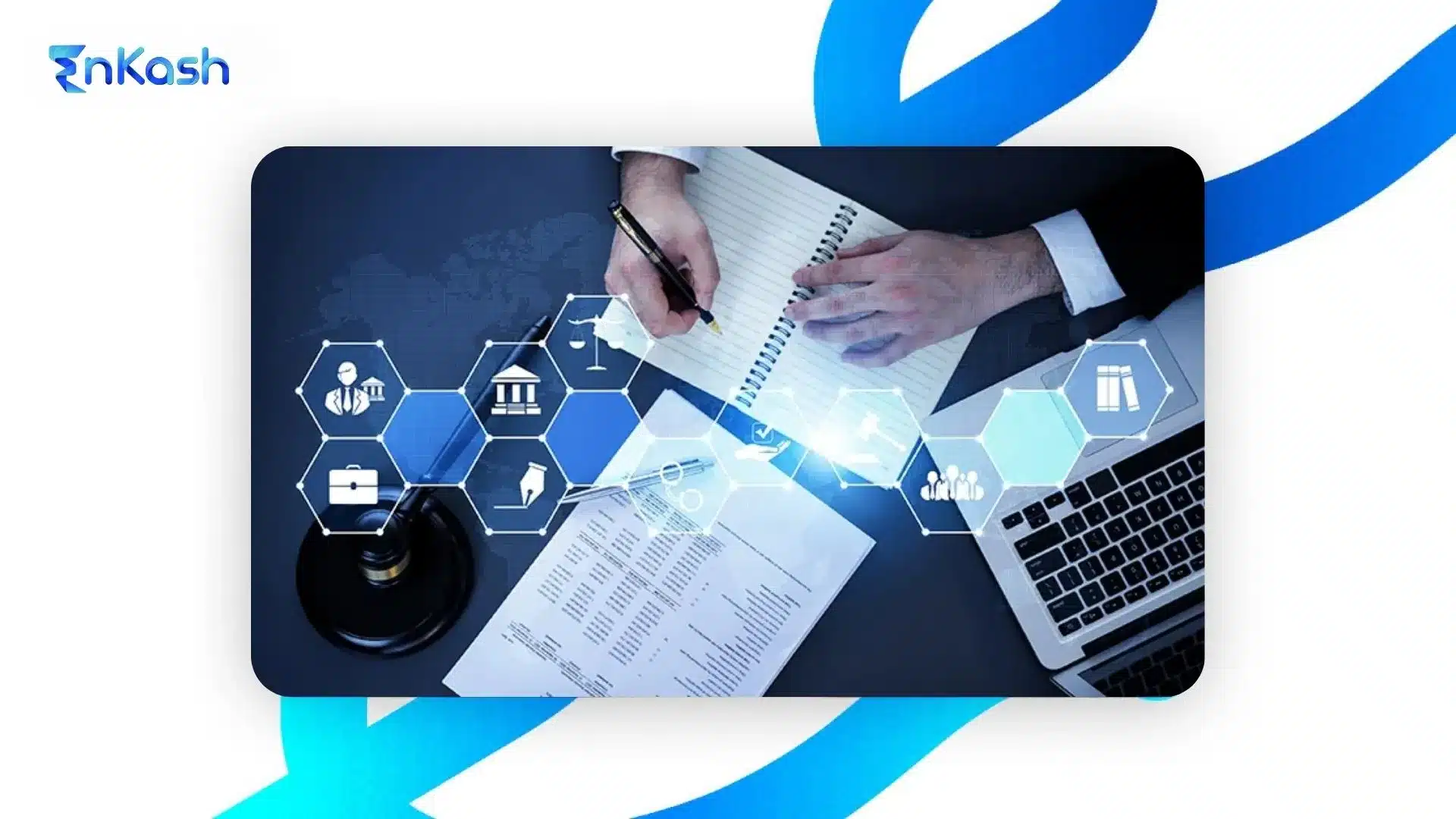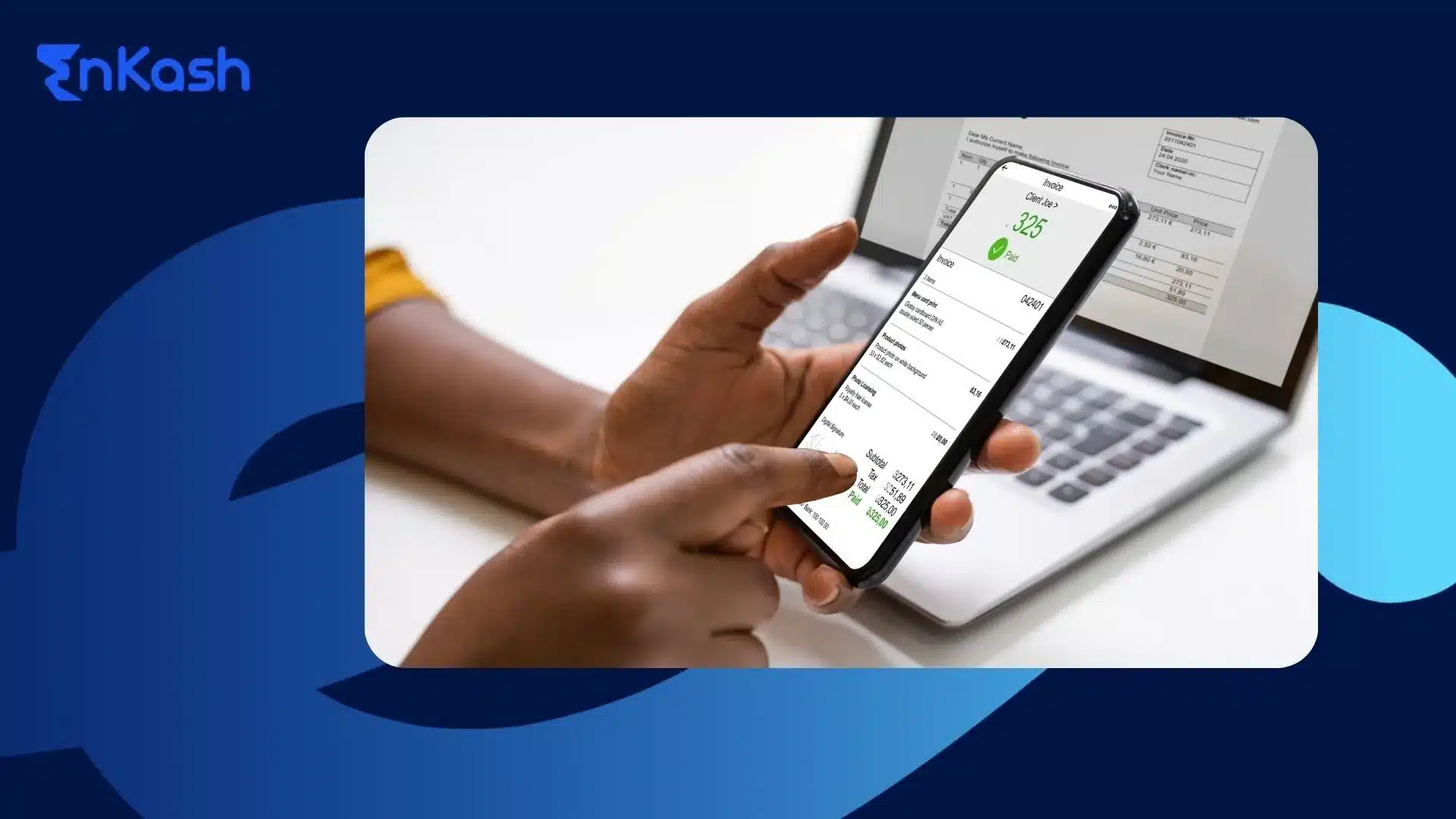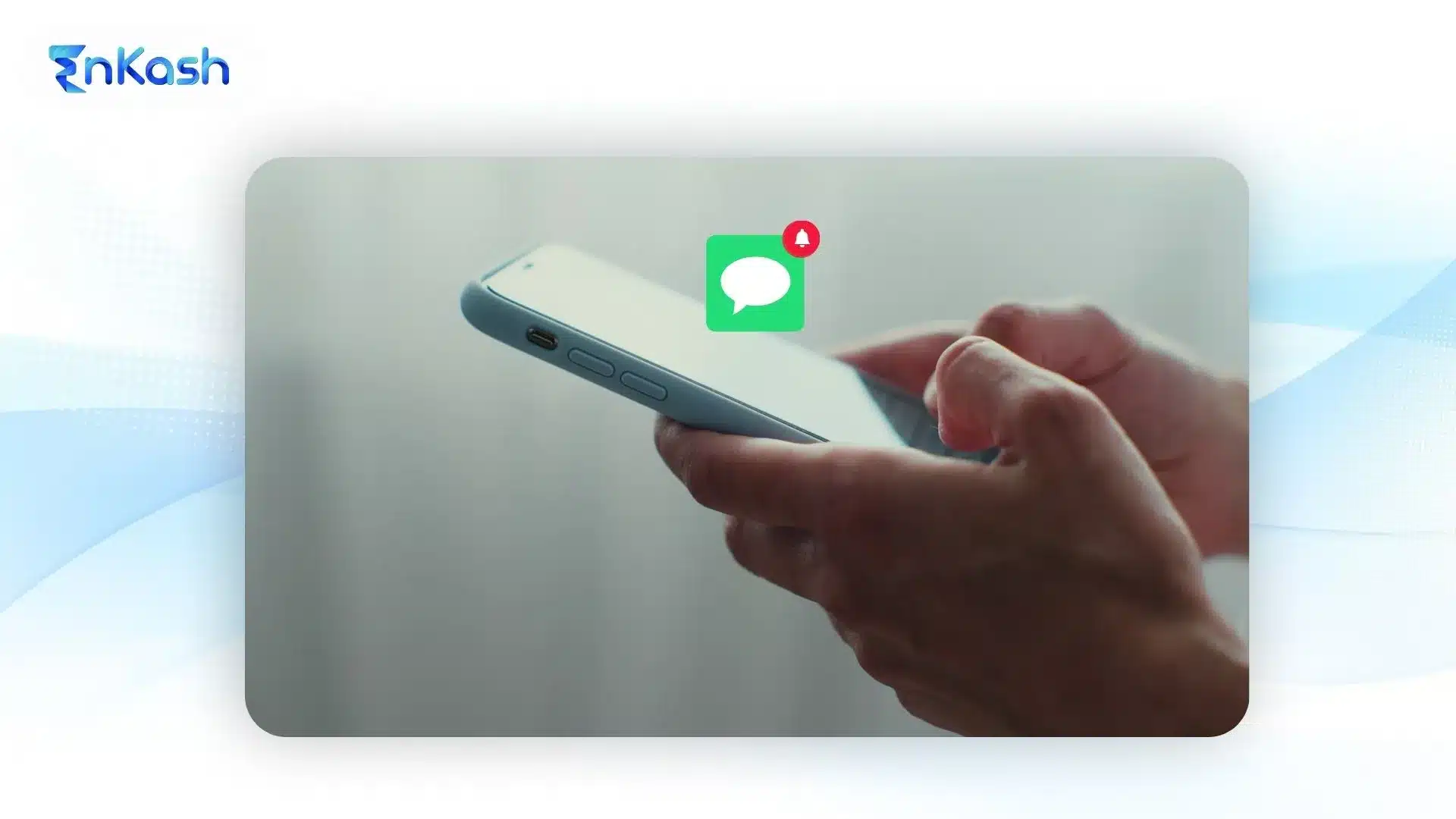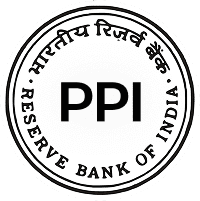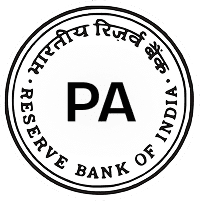Understanding how modern digital payments work begins with knowing what tools developers use behind the scenes. One such tool is the SDK. The SDK full form is a software development kit. In simple terms, it is a set of tools, files, and instructions that developers use to build features or add services to a website or mobile application. These kits are essential because they make it easier to integrate advanced capabilities without building everything from scratch.
Now, what is SDK in the context of payment processing? It is a ready-to-use package that allows developers to embed payment functionality directly into an application. It includes everything needed to start a secure transaction process, from user interface elements to secure token handling. Once installed, developers can follow the documentation and begin accepting payments quickly.
In recent years, the use of software development kits in online payment systems has increased significantly. This is mainly because of the demand for faster and safer digital transactions. Customers expect payments to be quick, secure, and seamless. Businesses, on the other hand, need systems that work reliably without requiring a long development cycle. That is where payment software steps in, and SDKs make its implementation much easier.
Across the industry, payment software is no longer a custom-coded feature but a plug-and-play module thanks to SDKs. Whether the business is running an e-commerce store, a subscription-based app, or an on-demand service, software development kits enable payments to be completed with just a few clicks.
From a developer’s perspective, SDKs save time and reduce complexity. There is no need to manually write code for encryption, data handling, or error responses. Instead, the kit provides tested, optimized tools that can be used with minimal effort. This becomes especially useful when handling large numbers of users or integrating with multiple payment methods like cards, wallets, or UPI.
As payment systems evolve, SDKs are becoming the core of payment software across web and mobile platforms. Their role is not just to process transactions but also to ensure the user experience remains smooth, secure, and scalable for businesses of all sizes.
From API Calls to Embedded Experiences
The shift from basic API integrations to full-scale SDK implementations marks a major evolution in how payments are handled in modern applications. Earlier, developers relied heavily on writing custom code to interact with APIs, often managing encryption, security, and user interface elements manually. This process not only required in-depth knowledge of backend systems but also made the entire integration process time-consuming and prone to errors.
With the advent of payment SDKs, many of these challenges began to fade. Developers can now use structured kits that contain everything needed to process transactions within their apps or websites. They can plug in the SDK, configure it, and enable secure payments with minimal effort.
The benefit of this shift lies in simplification. A well-designed payment SDK reduces the amount of code developers need to write. It includes standardized tools for UI rendering, transaction management, and error resolution. Most importantly, these kits handle encryption and security compliance in the background, which is crucial in the case of card transactions, UPI flows, or wallet-based payments.
This shift has transformed the experience for both developers and users. For developers, SDKs remove the complexity that comes with direct API handling. For users, transactions become faster and more reliable, improving overall trust and satisfaction.
Today’s payment software development kits are built not just to process payments, but to deliver complete, embedded checkout flows. This change is helping businesses of all sizes offer a seamless and consistent payment experience across mobile and web platforms.
Behind the Scenes of a Payment Gateway SDK
To understand how a payment gatewaySDK works, it helps to look at what happens behind the scenes during a transaction. While APIs provide access to payment services, SDKs offer a higher level of abstraction, bundling UI, security, and logic into a ready-to-integrate package.
At the core of every payment SDK is a set of libraries that manage secure communications between the app and the payment server. These libraries include modules to handle payment requests, validate inputs, encrypt sensitive details, and process responses. When a user chooses to pay, the SDK collects the required data, encrypts it, and securely passes it to the payment gateway.
Next, the SDK handles the user interface. Depending on the platform, it can display prebuilt checkout screens, input fields, and confirmation popups. These components are built with best practices in mind, so developers do not have to design payment forms from scratch. A clean, ready-made interface improves transaction speed and reduces user drop-off.
Once the transaction is initiated, the SDK tracks the payment response from the gateway. Whether the payment is successful, failed, or requires verification (such as OTP for cards or approval through a UPI app), the SDK captures the result and provides a callback to the application.
Another key part of any payment gateway SDK is its logging and tracking system. It helps developers review transactions, trace failures, and manage retries if needed. This built-in transparency supports real-time monitoring and helps reduce losses such as payment failures due to incomplete payments.
By combining all these layers into one kit, the payment gateway SDK gives developers a complete toolkit to accept digital payments securely and efficiently, without building individual components on their own.
Dissecting the Structure of a Typical SDK
Every SDK used in digital payments is made up of several built-in components that work together to handle the entire transaction process. These elements are designed to simplify tasks that would otherwise require complex, manual coding. By offering pre-tested, secure, and ready-to-use tools, a well-structured software development kit makes integration faster and more reliable.
Here’s what a typical SDK includes:
- Authentication Handler
This module verifies merchant credentials and generates tokens for secure communication with the server. It ensures that transactions come from valid and authorized sources.
- Prebuilt UI Elements
The kit often includes ready-made forms for card details, UPI input, wallet options, and confirmation screens. These are optimized for compliance and can be used directly without additional styling.
- Transaction Manager
This part formats payment requests, manages communication with the payment gateway, and interprets responses. It also handles retry mechanisms when payments fail or time out.
- Error Logging and Reporting Tools
Logs are automatically created to record transaction outcomes. These help developers track success rates, detect failed payments, and improve the reliability of the system.
- Version Control and Update Modules
Most software development kits support regular updates to fix bugs, address new security needs, and add support for new payment methods.
The internal structure of an SDK allows developers to manage multiple layers of payment flow within a single toolkit. For any business using payment software, this built-in organization is a major advantage in saving time and ensuring secure, scalable integration.
How Payment SDKs Streamline the Developer’s Journey
For developers working on digital transactions, using a payment SDK can significantly reduce the effort required to build and maintain payment features. Instead of coding every step manually, developers gain access to a pre-configured environment that handles most of the complex tasks behind the scenes. This makes integration faster, more stable, and easier to troubleshoot.
Here’s how a payment SDK simplifies the development process:
- Faster Deployment
Developers can plug in the SDK, follow the setup guide, and begin testing payments in a short time. This cuts down the time spent on writing base-level payment code.
- Fewer Errors
Since the SDK uses tested code and predefined flows, it reduces the risk of bugs or failures during transactions. Developers rely on consistent performance across platforms.
- Improved Security
The SDK manages sensitive information using secure protocols. Most SDKs support tokenization and encryption and are designed to help developers meet PCI-DSS requirements more easily
- Cross-Platform Compatibility
A well-built payment SDK supports Android, iOS, and web. This allows businesses to deliver the same payment experience across devices without separate coding for each platform.
- Smooth User Experience
With pre-designed UI screens and flows, the SDK ensures that users face minimal friction during checkout. This increases conversion rates and builds trust.
By relying on payment software development kits, developers can focus on building features that improve the overall product, rather than spending time on the technical complexity of handling payments manually. This shift benefits both the development team and the end user.
Read more: How Encryption Secures Payments Through Modern Payment Gateways
Must-Know Factors Before Using a Payment SDK
Before integrating a payment SDK into any application, developers should evaluate a few critical points. These factors affect not just the technical performance of the system but also the long-term security, user experience, and scalability of the payment setup. A good understanding of these areas ensures that the selected SDK aligns with the app’s goals and infrastructure.
Here are some key considerations to keep in mind:
- Platform Compatibility
Make sure the SDK supports your target platforms such as Android, iOS, or web. If the app is built with a cross-platform framework like Flutter or React Native, check if the payment SDK is available for that environment.
- Compliance and Data Security
Confirm that the payment SDK follows local and international data protection rules such as PCI-DSS. This helps protect user data and ensures the application is legally compliant.
- Sandbox and Testing Tools
Look for sandbox access where you can simulate payments without using real money. Testing environments help verify whether the SDK works correctly before going live.
- Documentation and Support
Good software development kits come with clear instructions, code samples, and developer guides. Check if customer support is available in case you face setup or usage issues.
- Update Cycle and Maintenance
Choose an SDK that is regularly updated. This ensures continued support for new payment modes, compatibility with evolving devices, and timely security patches.
Taking the time to assess these factors can make a major difference in how effective and secure your payment software integration turns out to be.
Top Indian Payment SDKs and Their Capabilities
India’s payment landscape continues to evolve, with several tech-first companies offering advanced payment gateway SDK solutions that are developer-friendly, secure, and designed for rapid scale. These payment SDK tools support a wide range of payment types, including UPI, cards, wallets, and account transfers. They enable smooth payment gateway integration across mobile and web platforms, allowing businesses to focus on performance while minimizing development effort.
Here are the top providers offering robust payment software development kits in the Indian market:
- EnKash
EnKash is emerging as a powerful platform in the business payments segment, offering a smart and unified payment gateway SDK for managing vendor payouts, utility payments, corporate cards, and collections. It provides SDKs and APIs that work across web and mobile applications, helping developers automate payments, verify beneficiary details, and manage approval flows. The SDK is optimized for seamless integration into ERP and accounting systems. What sets EnKash apart is its ability to combine expense control, real-time tracking, and advanced workflows into a single development kit that simplifies B2B payment operations.
- Razorpay
Razorpay is recognized for its clean, ready-to-integrate payment SDK for Android, iOS, and web. It supports multiple modes, including UPI, cards, wallets, and EMI. Its SDK comes with pre-built checkout flows, subscription billing options, and tools for analytics and dispute management. Developers prefer Razorpay for its fast setup, detailed documentation, and responsive support channels.
- Cashfree
Cashfree offers lightweight payment software development kits for mobile and web, with flexible modes like iFrame, pop-up, and redirect. It supports both collections and payouts, with features such as auto-retry for failed payments, instant refunds, and integration with BNPL services. Its SDK is popular for apps that need a fast go-live process and reliable performance.
- PayU
PayU is a trusted option among large-scale businesses and enterprises. Its payment SDK includes strong support for EMI, card storage, and tokenization. It also allows for easy simulation of transactions through an API playground, which is useful for staging environments. The SDK is compatible with a wide range of languages and platforms, making it highly adaptable.
- Paytm
Paytm offers one of the most UPI-friendly SDKs in India. It combines support for wallets, cards, and direct UPI payments in a single integration. The SDK is lightweight and optimized for quick payment flows, including auto OTP capture and fallback screens. Developers targeting mobile-first audiences often choose Paytm for its high transaction success rate.
- CCAvenue
CCAvenue remains a strong contender with a comprehensive payment SDK that supports 100+ payment options and multi-currency processing. It includes features like multilingual checkout, saved card handling, and batch settlements. Although it is more feature-rich but complex than other SDKs, it works well for businesses that prioritize wide reach and legacy compatibility.
Conclusion:
Integrating a reliable payment SDK is no longer optional for businesses aiming to offer smooth and secure digital transactions. A well-built payment gateway SDK simplifies complex processes like encryption, user interface design, and error handling while saving development time. As India’s payment ecosystem continues to expand, tools like the software development kits offered by EnKash, Razorpay, and others are making integration faster and more dependable. Choosing the right payment gateway software solution allows businesses to scale confidently and reduce risk. It also ensures a better user experience across platforms through consistent and secure integration
FAQs
- Can an SDK handle both collections and payouts in one system?
Yes, certain payment SDK solutions like EnKash support both collections and payouts through a single integration. These SDKs help automate incoming payments from users and outgoing settlements to vendors, simplifying financial workflows for businesses using integrated payment software across platforms. - What makes a payment SDK different from a basic payment API?
A payment gateway SDK includes built-in UI, tokenization, encryption, and error handling, while a basic API provides raw access to services. SDKs offer a complete integration toolset, making payment gateway integration faster and easier for developers working on real-time applications. - Do SDKs support UPI Intent and QR-based Payments?
Yes, most Indian payment SDK providers now support UPI Intent, QR scan-to-pay, and deep-link features. These options make it easier to enable mobile-first transactions without redirecting users outside the app, improving success rates in payment software applications. - How often should SDKs be updated for security?
It is advisable to update your SDK whenever a new version is released. Updates often contain important patches, support for new devices, and improvements to encryption protocols. Keeping your software development kit current ensures your payment software remains secure and compliant. - Can developers customize the UI provided by SDKs?
Most software development kits allow basic UI customization to match brand themes, including colors and fonts. However, the structure of secure input fields is usually fixed for compliance. Developers can extend certain elements while preserving the integrity of the payment gateway experience. - Is internet connectivity required at all times for SDK-based payments?
Yes, real-time internet access is essential for processing transactions through a payment gateway SDK. The SDK connects to external payment networks and verifies each transaction live. Offline transactions are generally unsupported in SDK-based payments, except in specialized use cases like POS systems with offline-first capabilities. - Do payment SDKs work with cross-platform apps like Flutter or React Native?
Many Indian payment SDK tools now support Flutter, React Native, and other cross-platform environments. These software development kits come with platform-specific modules, allowing developers to use a single codebase for Android and iOS, improving efficiency during payment gateway integration. - What happens if a transaction fails within the SDK?
If a transaction fails, the payment SDK typically returns a failure callback with error codes and messages. Developers can use this information to prompt users, log the issue, or retry the payment. Well-built payment software includes tools for tracing and handling such failures. - Can SDKs be integrated into ERP systems or internal tools?
Yes, advanced payment SDK solutions like those from EnKash can be embedded into ERP systems for automating corporate payments. These software development kits are designed to work with internal finance tools, improving control, audit tracking, and vendor management. - Are SDKs suitable for subscription-based payments and recurring billing?
Some payment SDK providers include modules for managing subscriptions, auto-debits, and token-based billing. This is particularly useful for apps offering recurring services. The payment software handles schedule setup, reminders, and automatic retries in case of failed subscription renewals.

